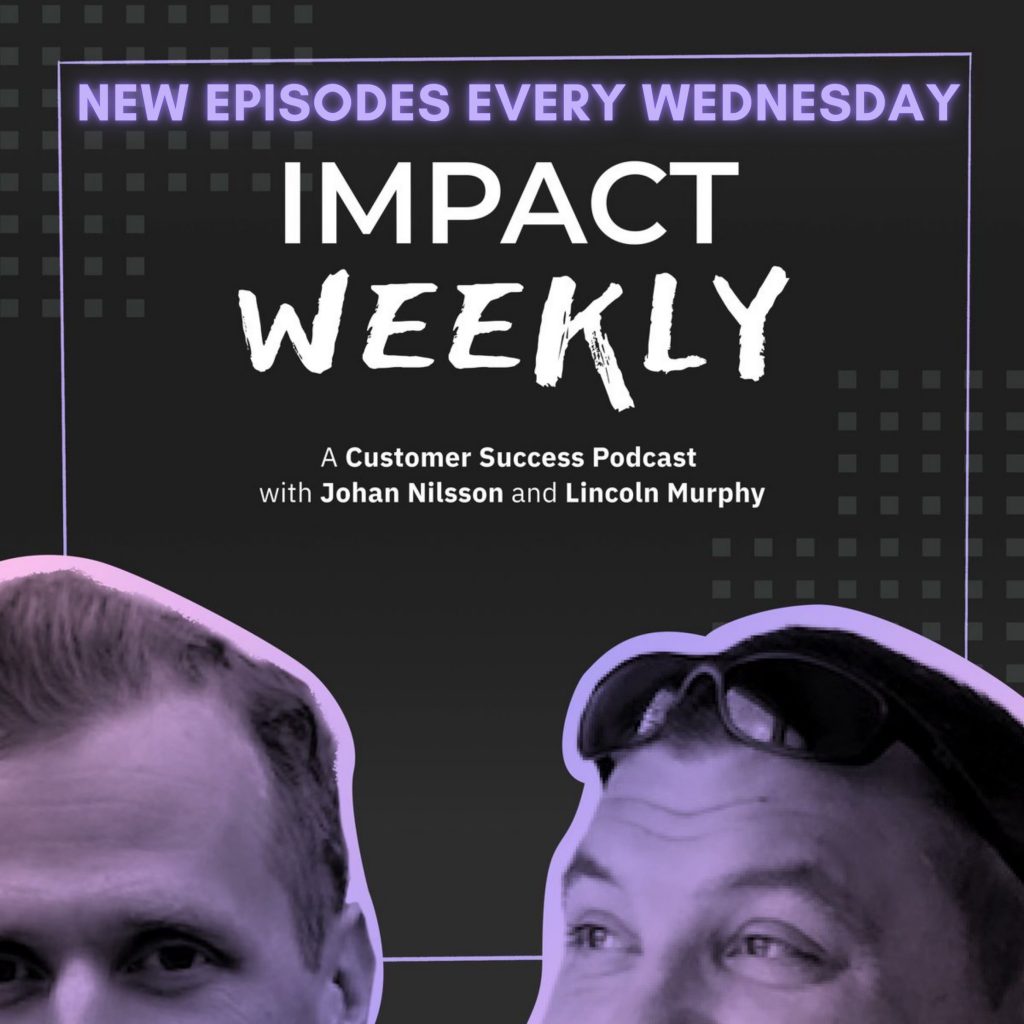 Any metric that’s not acted on is a vanity metric, right? Sure, but that doesn’t cover every situation.
Any metric that’s not acted on is a vanity metric, right? Sure, but that doesn’t cover every situation.
Sometimes we measure things because we’re “supposed to” but honestly don’t know what to do once we have the result (add that to the list of things that are true but few people will admit publicly). It’s only a vanity metric because all we can do is look at it. We sure would like to act.
And then there are times where the metrics that we’re measuring are done with a purpose, we want to – and maybe even have an idea on how we will – act on them; but the metrics are just wrong. And acting on them will be either impossible or fail to have the impact you hope it will.
Which brings me to this question I got from Phil at Corvus Coffee, a subscription coffee company based out of Denver, CO:
“I’m wondering if you have an opinion on what a churn rate should be while marketing a free trial heavily to grow a new online business compared to when we have a more established subscriber base.”
There was more to Phil’s email that indicated he was falling into the same trap I’ve seen a lot of people fall into recently, and that’s mixing or otherwise connecting Free Trial numbers with Churn numbers. I wrote out a long answer for him and decided to share it publicly so you could benefit, too. And he was cool with me using his name and company if you’re curious.
Spoiler alert: do not include prospects that fail to convert from your Free Trial in your churn metrics. Not only will doing that make your churn numbers look much worse than they probably are, the result of doing so will not be actionable (in a good way).
Honestly, if that’s all you take away from this article and you stop reading now, great, but if you really want to understand Free Trials, Churn, and how to measure in a way that produces a level of actionability that’s beneficial to you, do yourself and your company a favor and read the rest of this post.
But first, if you don’t know the difference between an opt-in and opt-out Free Trial or would like to be clear on what best-in-class Free Trial conversion rates are, read this post on SaaS Free Trial Conversion Rate Benchmarks.
Okay, so all of that being said, when looking at Free Trials and Churn, I would suggest separating out the following metrics:
SaaS Free Trial Conversions
When a prospect does not convert to a paying customer during or after a Free Trial, they didn’t churn; they failed to convert to a paying customer.
This isn’t semantics or nitpicking. It’s a critical distinction since what happens during the trial probably has more to do with expectations management, getting the customer to first value, or otherwise aligning their actual experience with what you promised in your marketing / sales pitch so you can get them to a point where becoming a paying customer is the most logical next step.
Later in the customer lifecycle, churn is due to other reasons (though the seeds of churn are often planted early… even during the trial!), meaning a different approach to reducing churn (vs. increasing conversions) is required.
Pre-Stick Point Churn
The Stick Point is a point (time, milestone, billing cycle, etc.) where if the customer reaches that point, and everything else goes according to plan (no interruptions, hiccups, or unresolvable problems, etc.), chances are they’ll stay the estimated or average lifetime.
If a customer hasn’t hit that Stick Point yet, they shouldn’t be counted as a customer, and therefore their “churn” shouldn’t be lumped in with regular customer or revenue churn (see below), since the reasons for churn this early are going to be different from churn that happens post-stick point.
In fact, for opt-out Free Trials, you’ll often have customers cancel within the first 2 or 3 billing cycles because they forgot to cancel before the trial ended. This is especially true for companies that “hide” or otherwise rely on forced continuity and other nefarious tactics to trick customers into not canceling their trial. It also happens when the trial is poorly designed, fails to engage, and the prospect stops using and forgets to cancel.
If your investors or board only want to see roll-up churn metrics that includes pre-Stick Point churn, cool. Whatever. Include it.
But when it comes to taking action on your business, you’ll want to separate these out.
Customer and Revenue Churn
When a customer has stayed beyond the Stick Point, we can start looking at actual churn. Of course, it’s not that simple as there are two main types of churn you need to know about.
Customer Churn
This is, once a customer has stayed past the Stick Point and they’re contractually able, when they stop being your customer. This could be when they actively cancel their contract or close their account, or, when the contract is up, they choose not to renew.
When a customer stops being your customer, we call that, well, customer churn. Some call it “logo” churn, but I don’t like how that reduces a customer with a Desired Outcome they’re trusting us to help them achieve to a trophy on our customer page.
Oh, and keep in mind that Churn is a Symptom, Not a Disease!
Revenue Churn
This is generally something that happens when a customer is beyond the Stick Point, but could happen anywhere post-conversion, and it’s when the customer stays a customer but pays us less in doing so.
Revenue Churn is revenue that is lost from customers churning out entirely (the above “customer churn”) or when the customer stays a customer but pays us less in doing so, also known as “contraction.”
Contraction happens when we give discounts, when they downgraded their account (fewer seats, users, licenses, features, etc.), or they pre-paid for a year and got a couple months free. Whatever the reason, if they are still our customer but they’re paying us less, we consider that revenue churn.
Revenue Churn is critical to pay attention to as it paints an often more complete story than just customer churn.
For example, we might have 0% customer churn one quarter, but when you dig in, you find that we had 50% revenue churn because a bunch of customers were going to cancel and we used a huge discount to keep ’em on. You have to look at both.
Look at Both Types of Churn to Tell the Whole Story
You need to look at both Revenue and Customer churn to tell the whole story, as together they paint the complete picture of what’s really going on in your business.
100% customer retention/0% customer churn might sound great… until you realize you had 50% revenue churn because they all took you up on an offer you shouldn’t have made.
There are more ways to slice and dice churn; I’ve covered Avoidable vs. Unavoidable churn before. I’ll talk about Expected vs. Unexpected soon.
Phil said about my response: “This is super helpful, Reading many opinions online regarding churn makes it a bit confusing to ‘align’ with some sort of baseline expectation because most of the articles are really talking about what you call post stick-point churn or real churn.”
I hope it was helpful to you, too.


